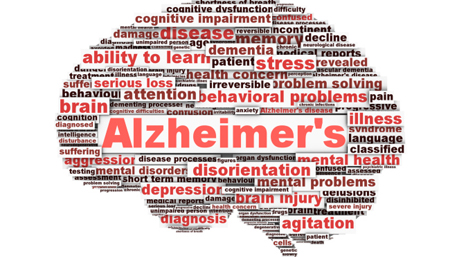
04/14/2020
Hot Topics of the Day are picked by experts to capture the latest information and publications on public health genomics and precision health for various diseases and health topics. Sources include published scientific literature, reviews, blogs and popular press articles.
Sign up MyPHGKB to receive the daily hot topic email alert.
Archived Hot Topics of the Day By Date
Stanford Medicine scientists hope to use data from wearable devices to predict illness, including COVID-19
Stanford University, April 14, 2020
Incorporating Test Characteristics Into SARS-CoV-2 Testing Policy—Sense and Sensitivity
LM Marcotte et al, JAMA Health Forum April 14, 2020
Projecting the transmission dynamics of SARS-CoV-2 through the postpandemic period
SM Kissler et al, Science, April 14, 2020
Prediction models for diagnosis and prognosis in Covid-19
M Sperrin et al, BMJ Editorial, April 14, 2020
Diagnostic Testing for Severe Acute Respiratory Syndrome–Related Coronavirus-2: A Narrative Review
MP CHeng et al, Annals Int Medicine, April 13, 2020
‘We need an army’: Hiring of coronavirus trackers seen as key to curbing disease spread
M Fox, Stat News, April 13, 2020
What We Know About The Silent Spreaders Of COVID-19
P Huang, NPR, April 13, 2020
A novel high specificity COVID-19 screening method based on simple blood exams and artificial intelligence
F Soarez et al, MEDRXIV, April 14, 2020
AI for the Eye — Automated Assistance for Clinicians Screening for Papilledema
I Kohane, NEJM, April 14, 2020
Longevity Gene KLOTHO and Alzheimer Disease—A Better Fate for Individuals Who Carry APOE ε4
DB Dubbal et al, JAMA Neurology, April 13, 2020
Can we use digital technologies to alleviate loneliness in hospitals?
R Heath, BMJ, April 2020
Disclaimer: Articles listed in Hot Topics of the Day are selected by Public Health Genomics Branch to provide current awareness of the scientific literature and news. Inclusion in the update does not necessarily represent the views of the Centers for Disease Control and Prevention nor does it imply endorsement of the article's methods or findings. CDC and DHHS assume no responsibility for the factual accuracy of the items presented. The selection, omission, or content of items does not imply any endorsement or other position taken by CDC or DHHS. Opinion, findings and conclusions expressed by the original authors of items included in the Clips, or persons quoted therein, are strictly their own and are in no way meant to represent the opinion or views of CDC or DHHS. References to publications, news sources, and non-CDC Websites are provided solely for informational purposes and do not imply endorsement by CDC or DHHS.
- Page last reviewed:Feb 1, 2024
- Page last updated:May 18, 2024
- Content source:





